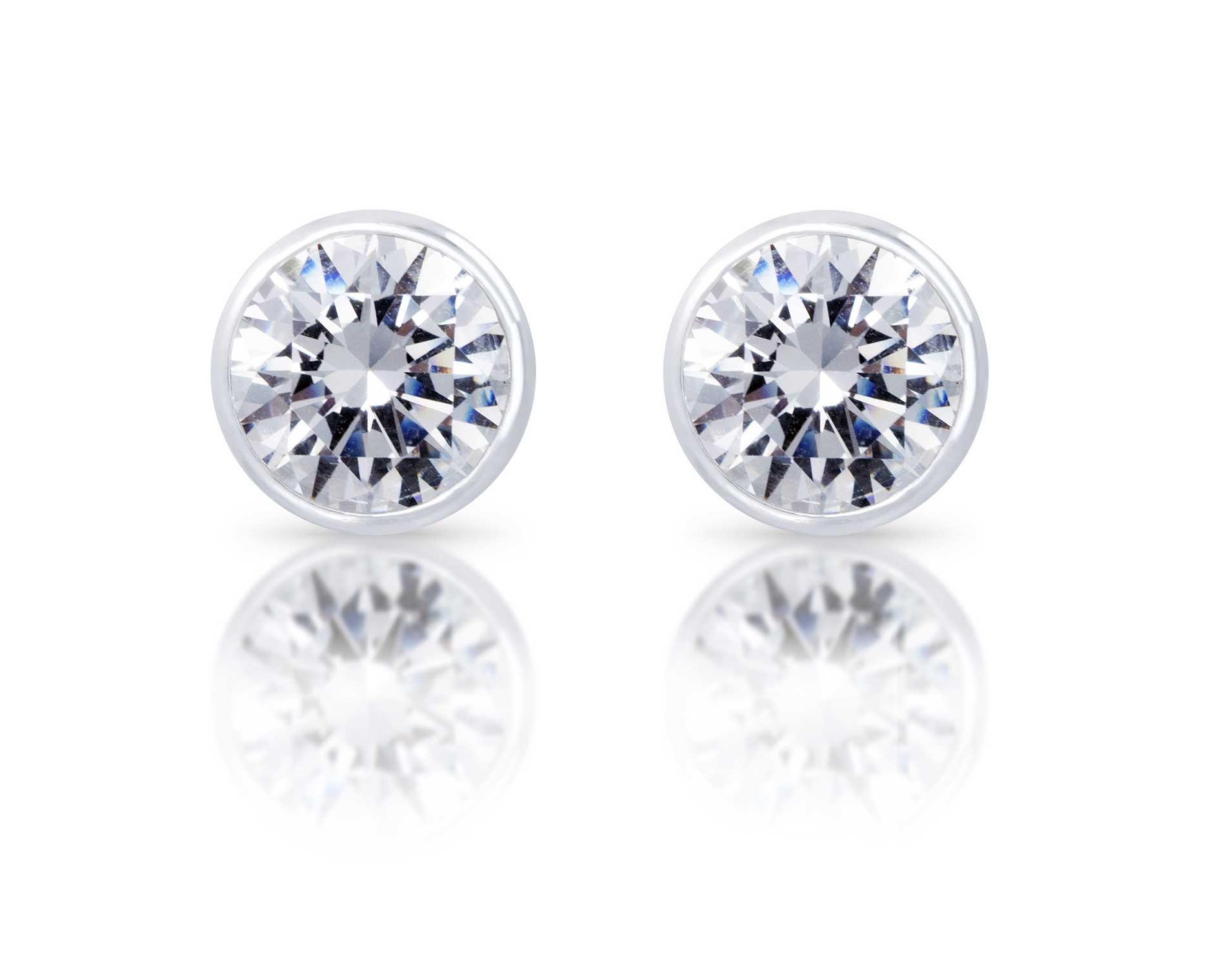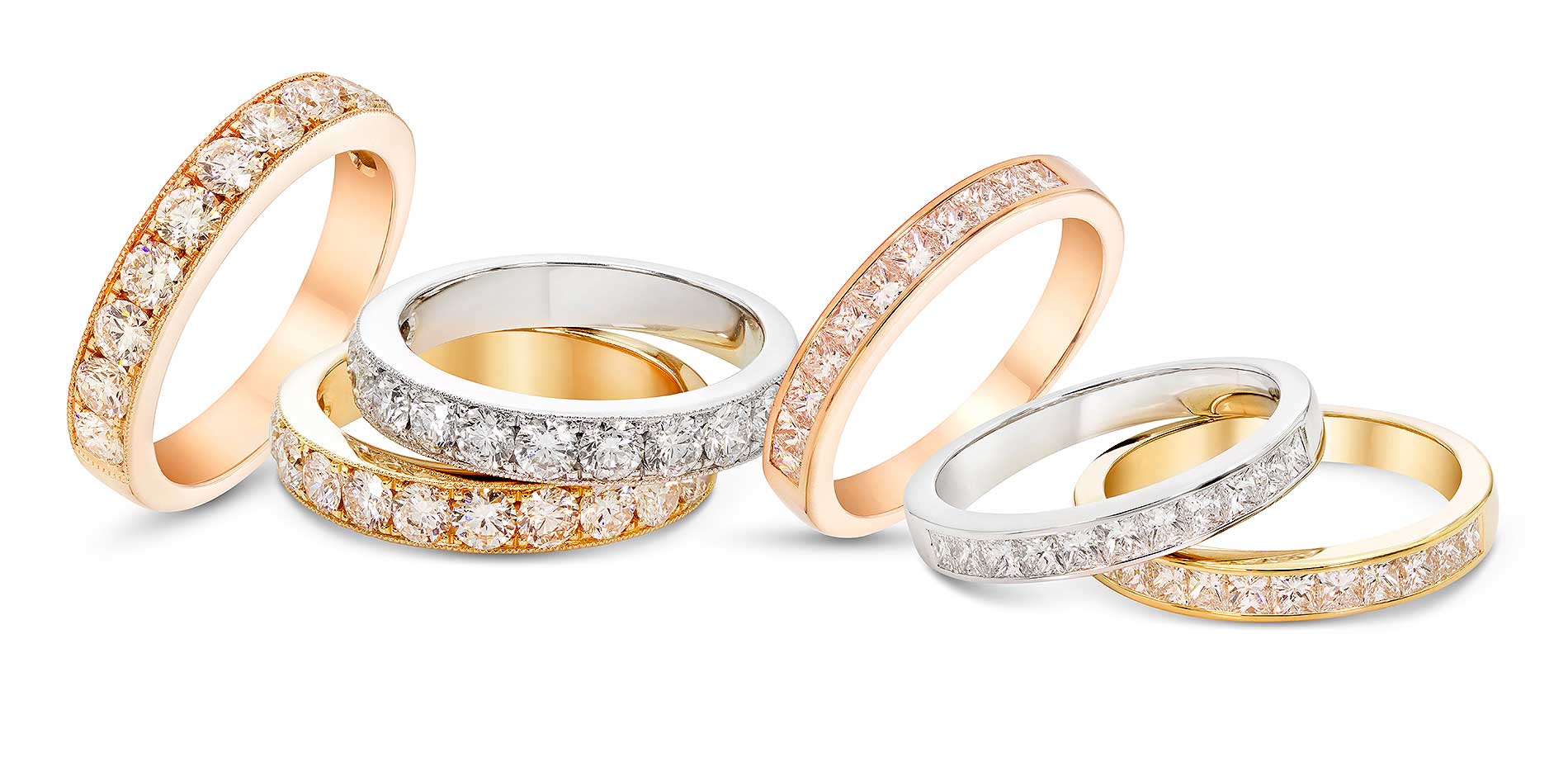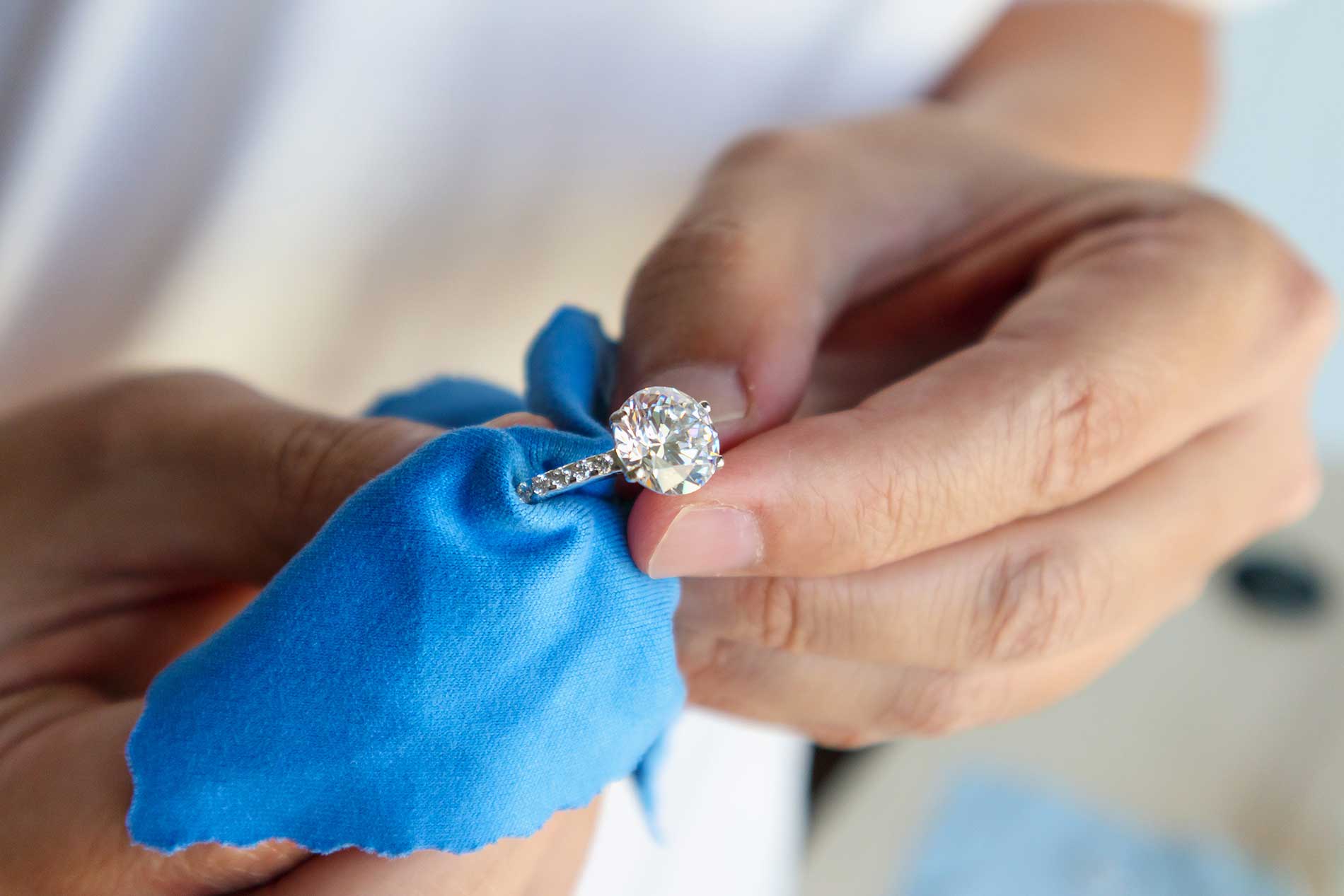When it comes to engagement and wedding rings, there’s a ton of buzz around the rock, but what about the wedding ring metal? Not sure what wedding ring metal to go with? Start with the seven metals below, keeping in mind that achieving maximum durability or hardness often comes with sacrifices in other areas, like the ability to customize or re-size or a loss of luster over time.
The Strongest Metal For Wedding Band
- Tungsten
- Ceramic
- Titanium
- Platinum
- Palladium
- Stainless Steel
- Cobalt
- White Gold
- Yellow Gold
- Rose Gold
Tungsten

Tungsten is a metal alloy that’s created from tungsten bonded with alloy metal, such as titanium, carbon, or nickel. It is one of the strongest metals available for wedding rings. A ring made from high-quality tungsten will be around four times as hard as one made from titanium and about 10 times as hard as one made from 18K gold. despite this strength, It is a brittle metal when it’s subjected to pressure, meaning it’s possible for a tungsten ring to shatter when hit or dropped from a height. It is typically used as a men’s wedding band metal. Although most tungsten is silver-grey in color, this metal comes in a variety of colors, from Black to White, Rose, and Yellow. Overall, Tungsten is a good choice of wedding ring metal if you or your partner have an active lifestyle and need a ring that won’t scratch, bend or wear easily.
Ceramic

Ceramics is a close second to tungsten for hardness. Ceramic is scratch-resistant and is available in multiple colors. It is newer to the jewelry industry, so styles may be a bit more limited compared to other metals.
Titanium

Titanium lives up to its reputation for being strong, as well as light, and comfortable. It doesn't tarnish, and although it may show signs of wear over time, it can be polished to look as good as new. As if it couldn't get any better, it's affordable too. The only disadvantage is, if not impossible, to resize a titanium ring.
Platinum

Platinum, the most expensive choice here, is known to symbolize pure, everlasting love. It is powerful but useful for resizing. It is a durable metal, but not scratch-resistant. It never tarnishes, but over time it will naturally develop a "patina" which is the thin layer of film that gives it an antique appearance. The bright silver color and the scratch-free surface can be restored by seeing your jeweler for re-polishing.
Palladium

Palladium is a naturally white metal that does not stain. It is very similar to platinum in appearance and strength but is more affordable. It is also less dense and less rare than platinum. Palladium tends to scratch and is difficult to resize, usually required to be done by the manufacturer.
Stainless Steel

Stainless steel is a strong, durable entrant to the jewelry industry. If you want a sturdy ring but don't want to break the bank, stainless steel is a great choice. It will eventually show signs of wear but can be polished. As for resizing, some jewelers may not be able to resize stainless steel because they don't have the right tools to resize the metal. Although stainless steel is difficult to resize, larger facilities and manufacturers should be able to resize the band.
Cobalt

This naturally white alloy was created for use in the medical and aerospace industries but now is marketed also as a contemporary metal for fine bridal jewelry. The hypoallergenic metal is about four times harder than platinum, making cobalt rings durable for a lifetime. Cobalt is a bright white metal, giving it the appearance of platinum. It’s heavier than other alternative metals (such as titanium), giving it a heavier feeling for those who want the weight on their wedding jewelry.
White Gold

White gold is made from an alloy of pure gold and white metals such as nickel, silver and palladium, usually with a rhodium coating. White gold is real but it’s not made entirely of gold. Other metals help strengthen gold and increase its durability for jewelry. The value of white gold depends on the carat (14K vs. 18K) and how much metal was used to make the ring. White gold rings range in price from $180 for a simple solitaire to $2,500 for a complex vintage ring setting. The cost depends on the vendor, the amount of white gold used, and the design of your ring. If you are reselling your setting, in general, you will receive 50 cents for every dollar of scrap metal.
Yellow Gold

Yellow gold is made of pure gold mixed with alloys like copper and zinc. The amount of pure gold in jewelry depends on its carat. A high carat amount means a pure gold element. However, it also means a less durable metal. For this reason, 14K or 18K gold is commonly used to mount engagement and wedding rings.
Rose Gold

Rose gold is made from pure gold by mixing copper and silver. Rose gold is real but it is not made entirely of gold. Copper and silver help strengthen it and give it a rose color. The more copper is used, the redder the gold will appear. The more copper is used, the redder the gold will appear. A common alloy—or alloy—for rose gold is 75% gold and 25% copper (18K). Like white gold, rose gold is an alloy, so "pure rose gold" does not exist for jewelry. How does rose gold look? Rose gold encompasses the whole family of shades of red, rose, and rose gold. Is rose gold tarnished? Rose gold is not tarnished. However, like any colored gold, rose gold jewelry needs to be polished and cleaned regularly.
Conclusion
Everyone has unique needs and tastes, so there is no "best" metal for everyone's wedding ring. To get the best ring for you and your partner, choose a metal with qualities that match your needs and lifestyle, while avoiding pitfalls that might come your way. If you need help, feel free to contact us. Our experts can help you choose the perfect metal for your wedding band, engagement ring, or any other piece of jewelry.




